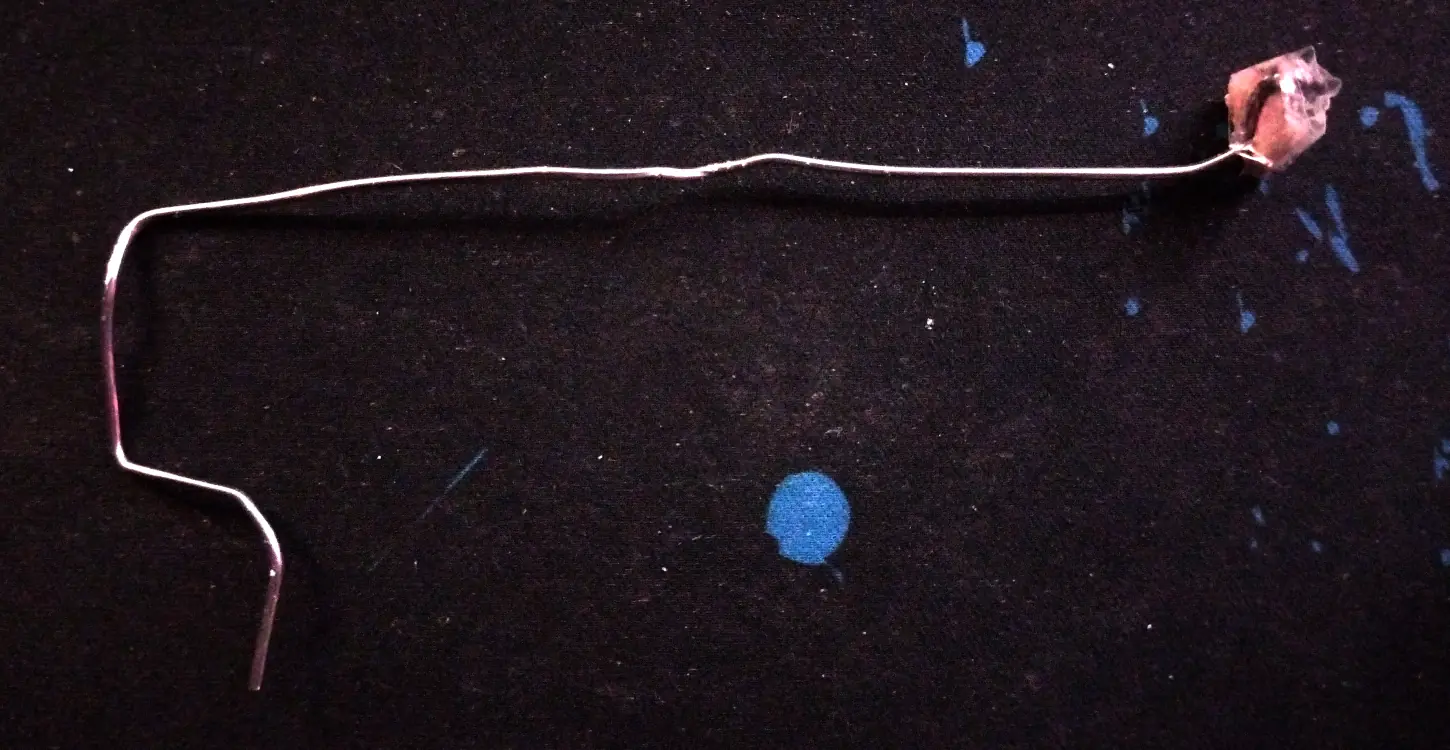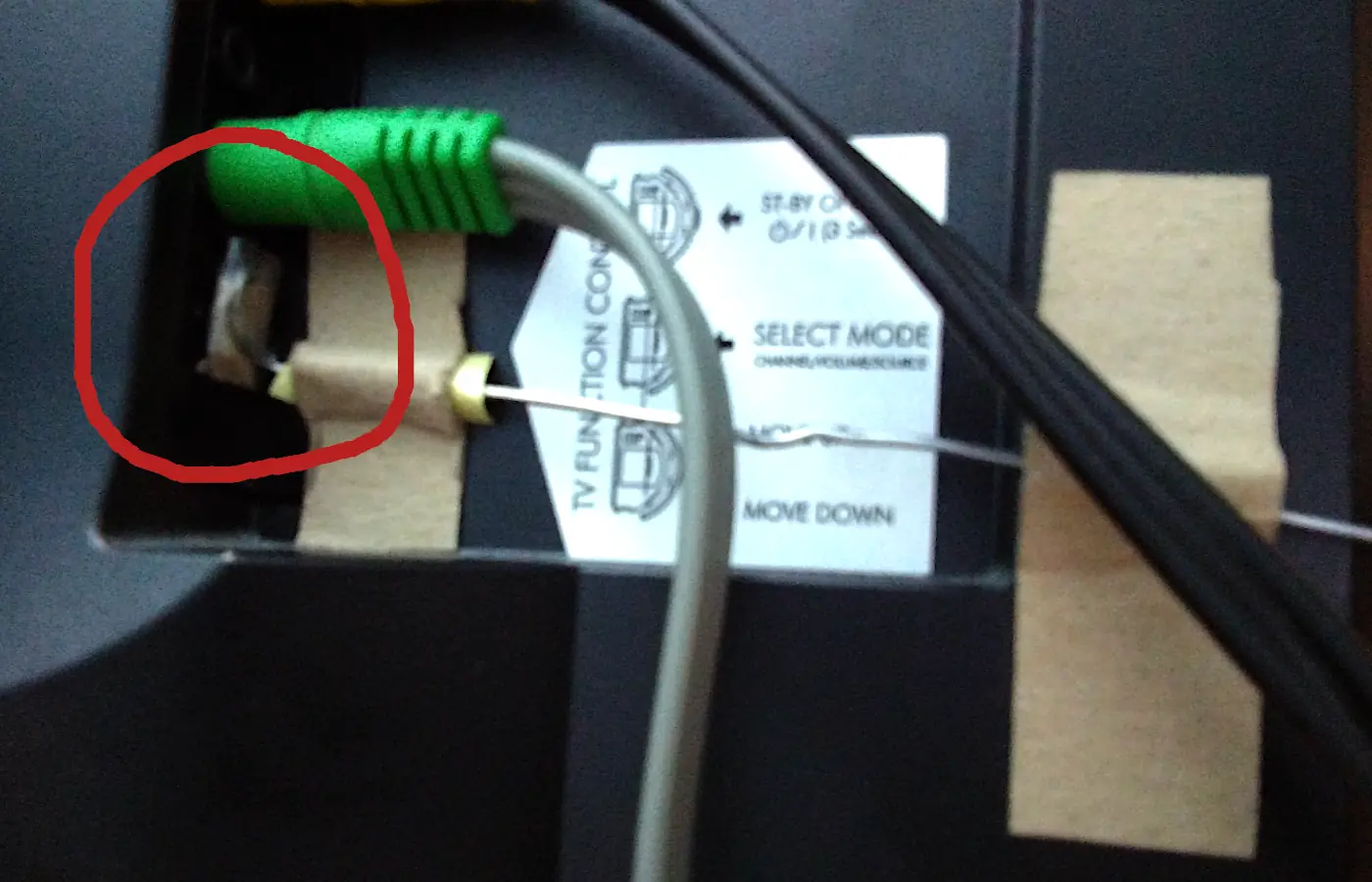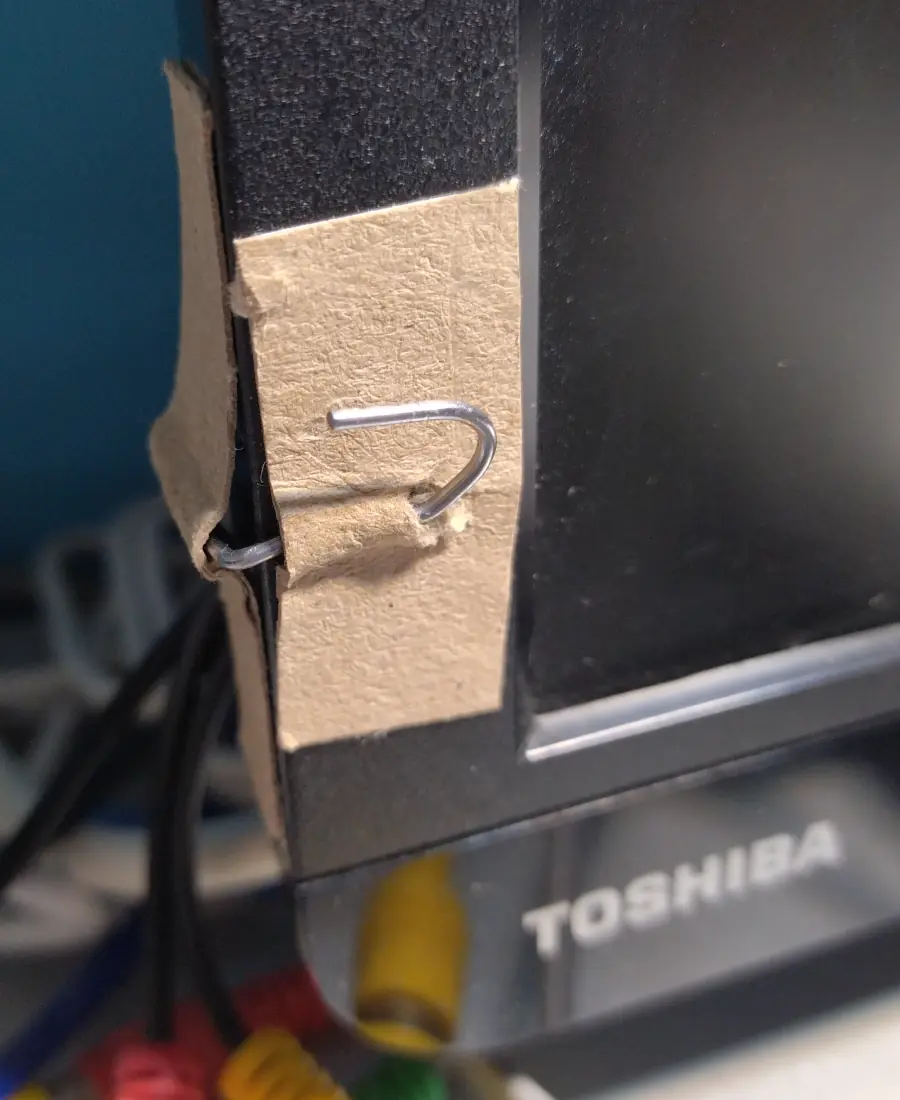🔋 Everything so as not to change two batteries...
By OctoSpacc
Caution
The content of this page has been entirely machine-translated into English, from Italiano. Therefore, it might contain any kind of errors.
Between 1 and 2 months ago - realize how much time passed before I got annoyed definitively - the batteries in the remote control of the television that I keep on my desk (I use it as a second monitor) have started to run out beyond the limitof tolerable usability.

Because I didn't do anything
Up until now I haven't changed them, simply because I was getting annoyed and dry, considering that:
- I have relatively few rechargeable pen and mini-stylus batteries, and I have to save them for the stuff that really draws a lot.
- I don't want to waste non-rechargeable batteries and contribute to, in order:
- The waste of house money;
- The global waste of materials;
- The waste of energy for the transport - and, when possible, recycling - of these materials;
- Ultimately, the pollution of the planet.
- The batteries in the remote control still work, although in a decidedly not optimal way.
Technically "it works"
The remote control, in fact, proves that it can still send signals to the television, but only for a moment: just long enough to press >a button, and nothing more. In an instant he then returns dead, and immediately trying to send other signals is of no use.
If, however, at this point you wait about fifteen seconds, and then you press another key, the command goes to sign. It is clear that the batteries are very discharged, but they still have that little charge that allows a capacitor to charge slowly, and therefore at remote control to be powered. Emitting the infrared light then apparently drains all the charge from the capacitor in a few moments, and then you have to wait again for it to recharge.< /p>
What do I need it for on my desk?
Honestly, I don't need the remote control anyway. 98% of the time I only use it to turn the appliance on or off; those very few other times when I need to adjust the volume, or change the active source, I can easily use my smartphone, on which I have an application that uses the emitter integrated infrared (that's right, producers don't integrate it only as a means of playing pranks in places open to the public, but also as a useful tool).
For when I have to do it immediately!
The problem, big problem, when I have to turn on and off, is that I need quick access.
I can't start to unlock the phone, look for the application icon for the remote control, and then press firmly on the display to center the power button, all with easy pigs > of my Android ROM, which is buggy and slow, as if it were from Ohio (instead it is from developers in India, like virtually all Android custom ROMs).
The controls on the back
The TV has an integrated control interface: a simple wheel that moves in two directions and you press, and you can use to turn on/off or change source.
The problem is that it is in a terrifying position! It is practically on the side of the rear edge, the one formed by the continuation of the plastic structure, which holds the television circuitry, behind the LCD frame.
Practically I would have to bend over every time, sticking my fingers between the annoying obstacles that live on my desk.
Maybe I should be thankful that those controls are on the left edge - since I have the other screen immediately to the right, things could have been worse strong> - and be satisfied... what balls... piles... no, balls!
My solution
And so, for this outdated art attack, I take the following materials and tools:
- A pliers (absolutely not made for bending metals, but I have this), to bend:
- An old paper clip, of medium thickness.
- Scissors (with non-rounded tips), for cutting:
- The card of the Amazon packages.
- Double-sided tape.
Hilarious process
So here's what I went to do:
- I bend a terminal part of the paperclip to form a small ring.
- It serves to accommodate the protruding central part of the wheel.
- A little at a time, I take the measurements that the paperclip must have, and bend it accordingly:
- I place the paperclip on the wheel;
- I see how long it is at the first new detachment point it reaches on the TV body;
- I take it again, holding the point of interest with my finger, and patiently fold it;
- Repeat until the paper clip reaches the front edge of the television, passing over the side one.
- I notice that the protrusion of the wheel ends completely inside the ring, which therefore does not press it; then I fit a small piece of cardboard into the ring (optionally blocked with adhesive tape).

- In this way, something solid pushes exactly on the wheel, which is actually pressed.
- Since everything seems fine to me, I start cutting cardboard strips, and attaching some double-sided tape to the ends.
- These are to support the paperclip in different points, and not let it fall away from the button, but leaving it freedom of movement in one direction.
- About halfway I leave the strips clean, and crease them slightly, to leave a space in which to pass the metal wire;
- Keeping the paper clip in the right position, I attach the strips where necessary.
- These are to support the paperclip in different points, and not let it fall away from the button, but leaving it freedom of movement in one direction.
 (I couldn't take the less blurry photo back there, sorry.)
(I couldn't take the less blurry photo back there, sorry.)
What a job...
As regards pressing the button - which I can now implement by placing my finger on the extreme left edge of the screen, without having to put my hands behind everything - this solution works perfectly.
Alas, the rotation of the wheel is not good with this crotch, which has good freedom of movement on only one axis. In any case, the cardboard does not create excessive rigidity, so I can still rotate the wheel from behind.
That's it. If I were to improve my solution - which, yes, is very crude, I won't deny it because this is what I like - I will write an appendixto this article.

Awkward questions
I already know that the question will come, so I'll answer now:
But all those loose batteries you put in the cover photo?
Ehhh. Good question.
They are all batteries that I keep when they are discarded at home (not by me, since, I repeat, I avoid non-rechargeable ones as much as possible). , because very often "discharged" just means "too discharged for the device from which it was replaced". For some remote controls, in fact, they often still work, including mine in some cases.
So did I just waste time with today's project? Nah, I wouldn't say: from now I can easily keep the remote control a little more put away, no longer necessarily always on the desk strong>, which I can therefore keep very lightly (because in an instant I ruin my own efforts!) more tidy.